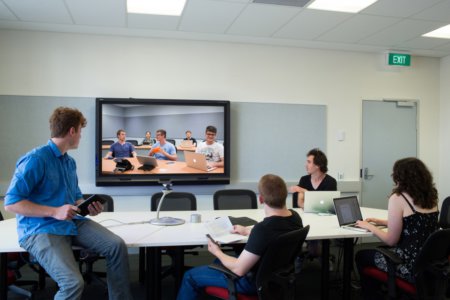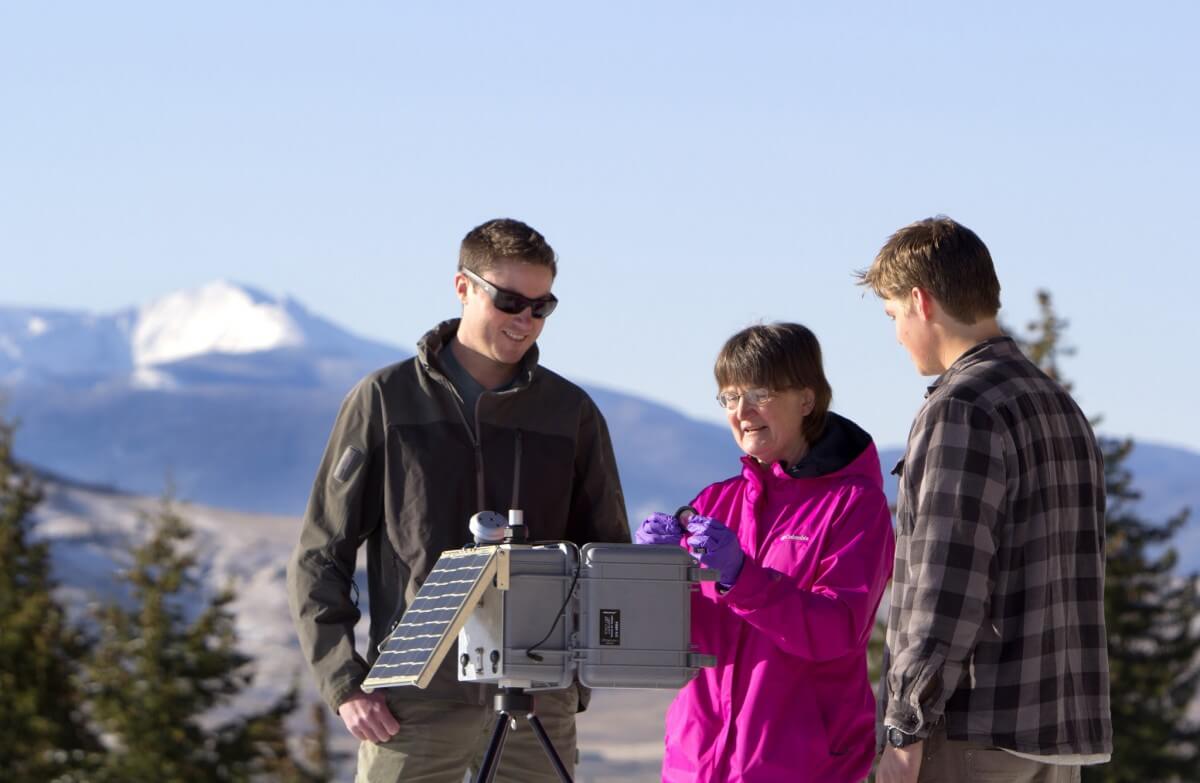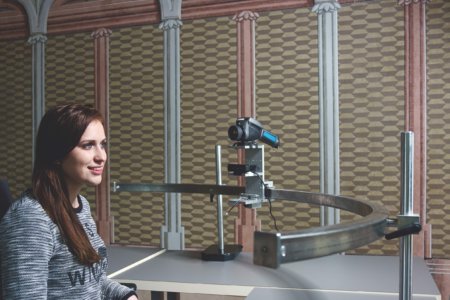
From Ada Lovelace’s ingenuity as the first computer programmer to Hedy Lamarr’s wartime communication system that became a precursor to the WiFi, women have always led landmark progress in Science, Technology, Engineering and Mathematics (STEM). Despite historical realities, only one in five women are currently employed in tech. Engineering paints an even gloomier picture for women as the most male-dominated field in STEM, with 40% of women engineers eventually quitting the industry once they enter the workforce. In the US, only 13% of women are employed in civil engineering as a result of disturbing gender bias.
Gender parity in STEM is more than just about representation and having a seat at the proverbial table. Even UNESCO has made girls’ education in STEM as one of its key agendas to close the field’s yawning gender gap, ensuring no doors are closed to girls for gainful careers in the future.
Today, international bodies such as Society of Women Engineers (SWE) and IEEE Women in Engineering (WIE) gear women with professional upskilling and networks, on top of providing scholarships for deserving students to make inroads in their fields. Thanks to strategic inclusion and commitment to equity, many universities are also smoothing the way for precocious young women to pursue civil engineering. Have a look at these US universities who are already equipping women to revolutionize the future:
Oklahoma State University
Pair a classic American college town atmosphere with a Carnegie classified R1 research university, and you get a life-changing education in a welcoming community. At Oklahoma State University (OSU), women are already taking the reins in research and administrative leadership. President Kayse Shrum, an alumna of the university’s medical college, became the first woman to lead a public research institution in the state. With a clear mission to amplify life-improving research, the university was recently awarded a record-breaking US $6 million grant that will aid K-12 initiatives across the state.
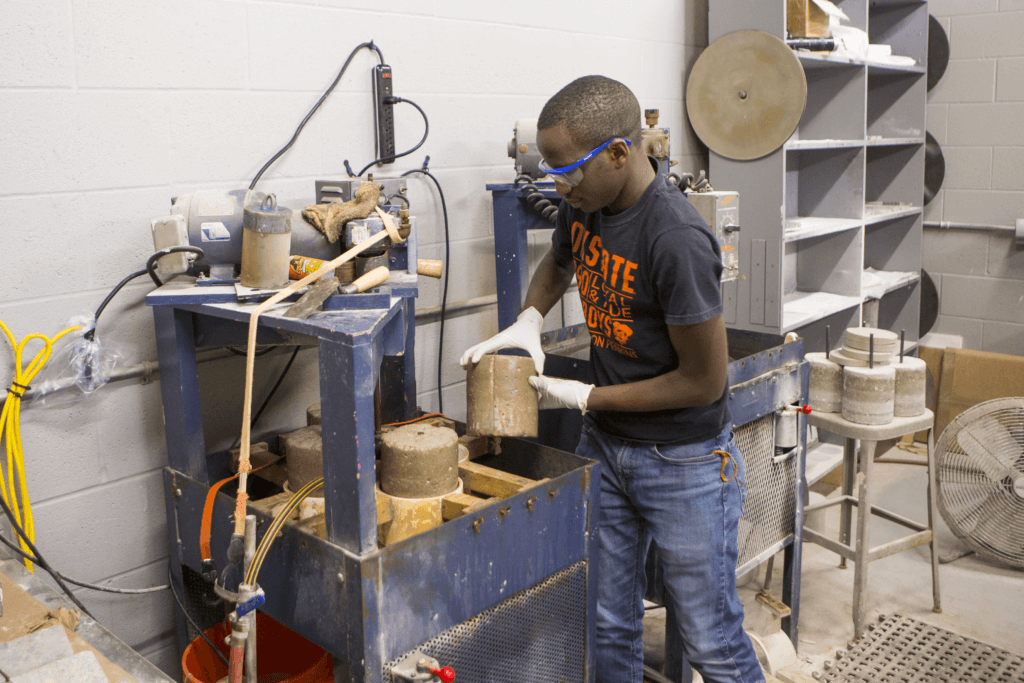
Source: Oklahoma State University
One of OSU’s leading colleges is the College of Engineering, Architecture and Technology (CEAT) where top-ranked female faculty members are instigating smart, sustainable systems beyond textbook solutions. In its Civil Engineering degree programme, female students are paving the way as outstanding scholars and active campus leaders to disrupt the status quo.
With many opportunities to work on paid undergraduate research work, hands-on studies are done in tandem with theoretical instructions, providing for excellent preparation in ethical professional practice. Around one-third of this award-winning course’s graduating class are women, which is well above the national average in civil engineering.
Exciting, world class research opportunities await at the Bert Cooper Engineering Laboratory, and a wide range of competitive scholarships are open to bright learners for enhancement in technical competence in a diverse student body and faculty. To find out how you can be a student at Oklahoma State University, click here.
Michigan Technological University
If you’re a young woman keen on driving future innovation, where better to attend than a university that boasts 18 centers and institutes with US$77.9 million in research expenditures? Located in the small town of Houghton, Michigan Technological University is a hotbed of sought-after graduates, capturing the ninth highest spot nationally in terms of median undergraduate starting salaries at US$64,740. In the Department of Civil, Environmental, and Geospatial Engineering, women are donning their engineering caps to break structural barriers, literally.
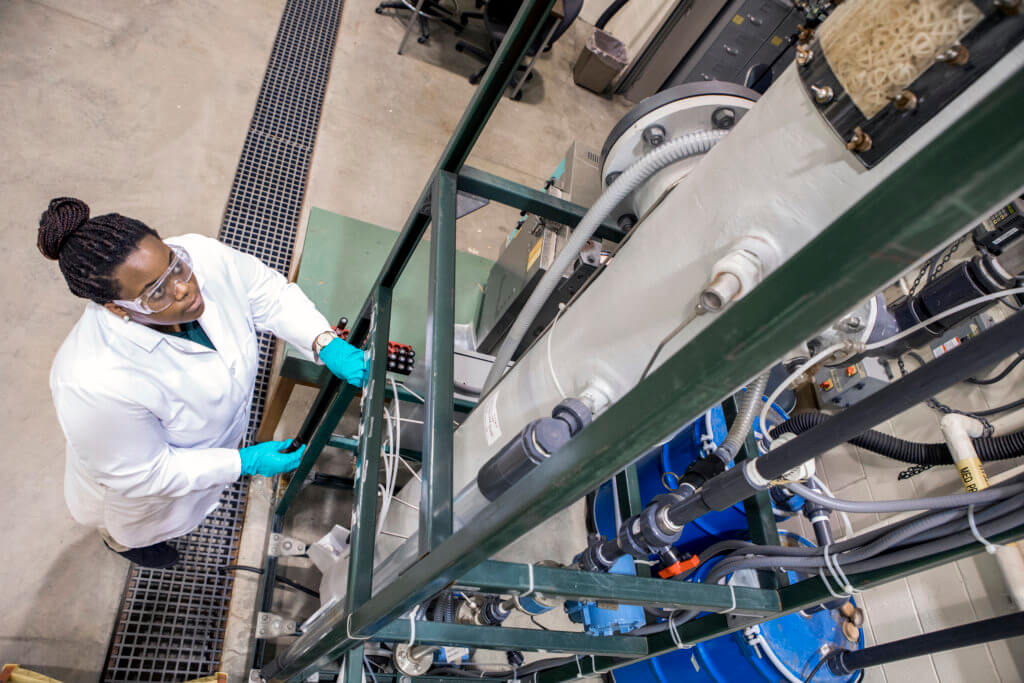
Source: Michigan Technological University
Take Tess Ahlborn, for example, who won the 2017 American Concrete Institute Delmar L. Bloem Distinguished Service Award for her exceptional work on concrete. One of the department’s esteemed professors, her lifelong fascination for bridges became her vocation, eventually landing her an appointment into the American Concrete Institute Committee 318, where she is helping to pave the future of structural durability and sustainable design.
Other women in the department like Jennifer Becker are swiftly responding to the pandemic by studying interconnected systems with ingenious answers. Becker is one of Michigan Tech’s researchers analyzing wastewater for detection of SARS-CoV-2 to predict the number of infections, even among asymptomatic individuals. Students are also spearheading Green Campus initiatives with sustainable and energy-efficient designs, as evident through alumna Sierra Braun’s work.
With four bachelor’s, four master’s and two PhD programs offered under the department, aspiring students are secure in the knowledge that learning here comes with a culture of encouraging intellectual enrichment through interdisciplinary research. You can head over here to learn more about the Department of Civil, Environmental, and Geospatial Engineering.
University of Texas at Arlington
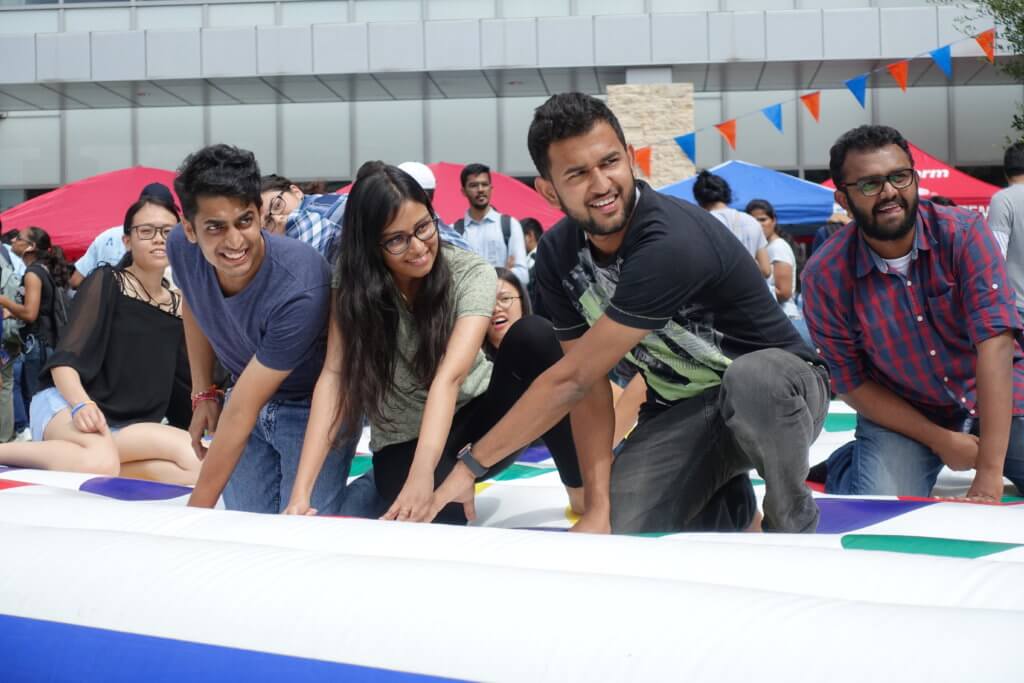
Source: The University of Texas at Arlington
50 of the Fortune 500 companies are headquartered in Texas, so it’s no surprise that the second-largest state in the US is a popular choice for aspiring engineers. Promising progression into industries are key when choosing a university, and the University of Texas at Arlington (UTA) delivers industrial placements in spades for its engineering students. UTA’s College of Engineering is a place of passion meeting precision, where students from all over the world converge in an award-winning faculty. The most comprehensive engineering program in North Texas provides 11 bachelor’s, 13 master’s and nine doctoral degrees for prospects to choose from in a university that’s been ranked as the fifth most-diverse in the US.
For women, the Society of Women Engineers has been a driver in foregrounding the full potential and achievements of its members. Under the Department of Civil Engineering, students can take on granular niche concentrations in areas such as Structural Engineering and Mechanics, Water Resource Engineering and Geotechnical Engineering to devise artful improvements on infrastructure planning.
Women in the faculty are making headlines for their work. Assistant professor Warda Ashraf, who received the Defense Advanced Research Projects Agency (DARPA) Young Faculty Award (YFA), is embarking on a project to study ancient Classical structures for possible synthetic replication, while Melanie L. Sattler is one of UTA’s acclaimed civil engineering professors with a long history of research and teaching excellence. These faculty strengths definitely foster a supportive environment for women to pursue impactful careers that shape our built environment.
Clarkson University
Where there’s a gap in knowledge application, Clarkson University students strive to find inventive answers. This private, national research university in Potsdam, New York works at the intersection of science, technology and business to change the way industries operate. The university’s unflagging commitment to advancement is underscored by the Institute for STEM Education, which seeks to connect students, faculty and professionals for birthing next-generation leaders in innovation through sophisticated pedagogy.
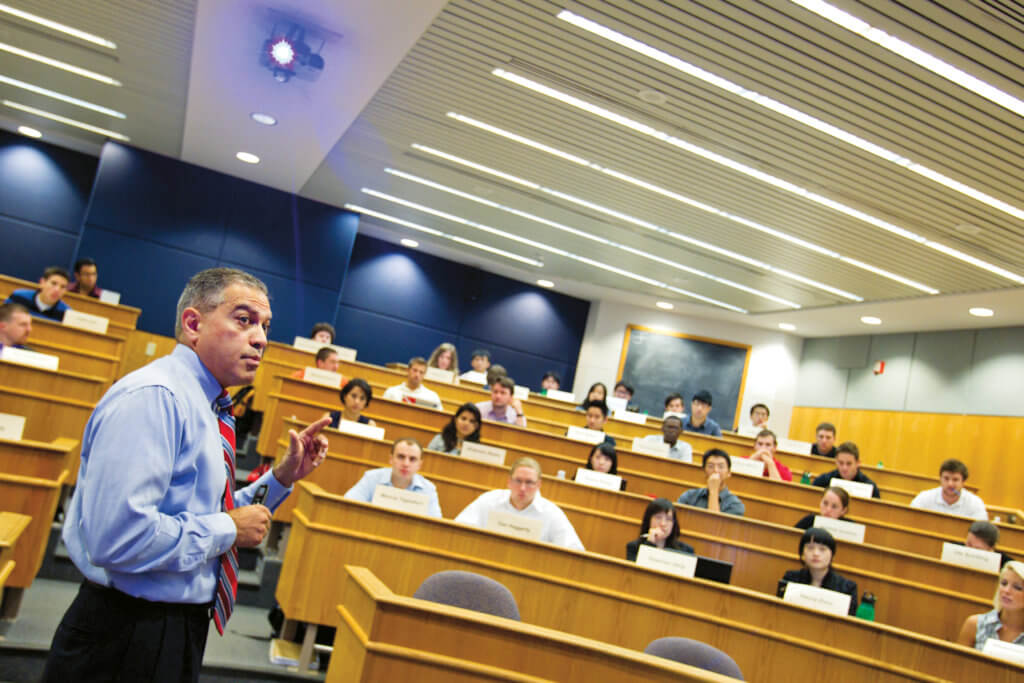
Source: Clarkson University
For women engineers, the Coulter School of Engineering prioritizes teamwork and building relationships, as ideas can only flourish in collaboration with others. Women in engineering thrive under strong peer support, and Clarkson University has its fair share of civil engineers who break the mould. Michelle Crimi, Dean of the Graduate School, has been noted for her work in water treatment that could save up to 40% in annual operating costs. Students like Autumn Rose Lennon choose to focus on Construction and Engineering Management from her interest in architecture, citing Clarkson’s high placement rate and connections with businesses as an incentive to enhance her knowledge at the New York-based campus.
The Civil Engineering programme offers several minors and concentrations for students, including affiliated courses such as Architectural and Facilities Engineering and Project Management Minor to complement their learning. This flexibility allows for knowledge-expansion that results in well-rounded women graduates who can secure competitive co-ops and internships to occupy their rightful place in the field.
*Some of the institutions featured in this article are commercial partners of Study International








